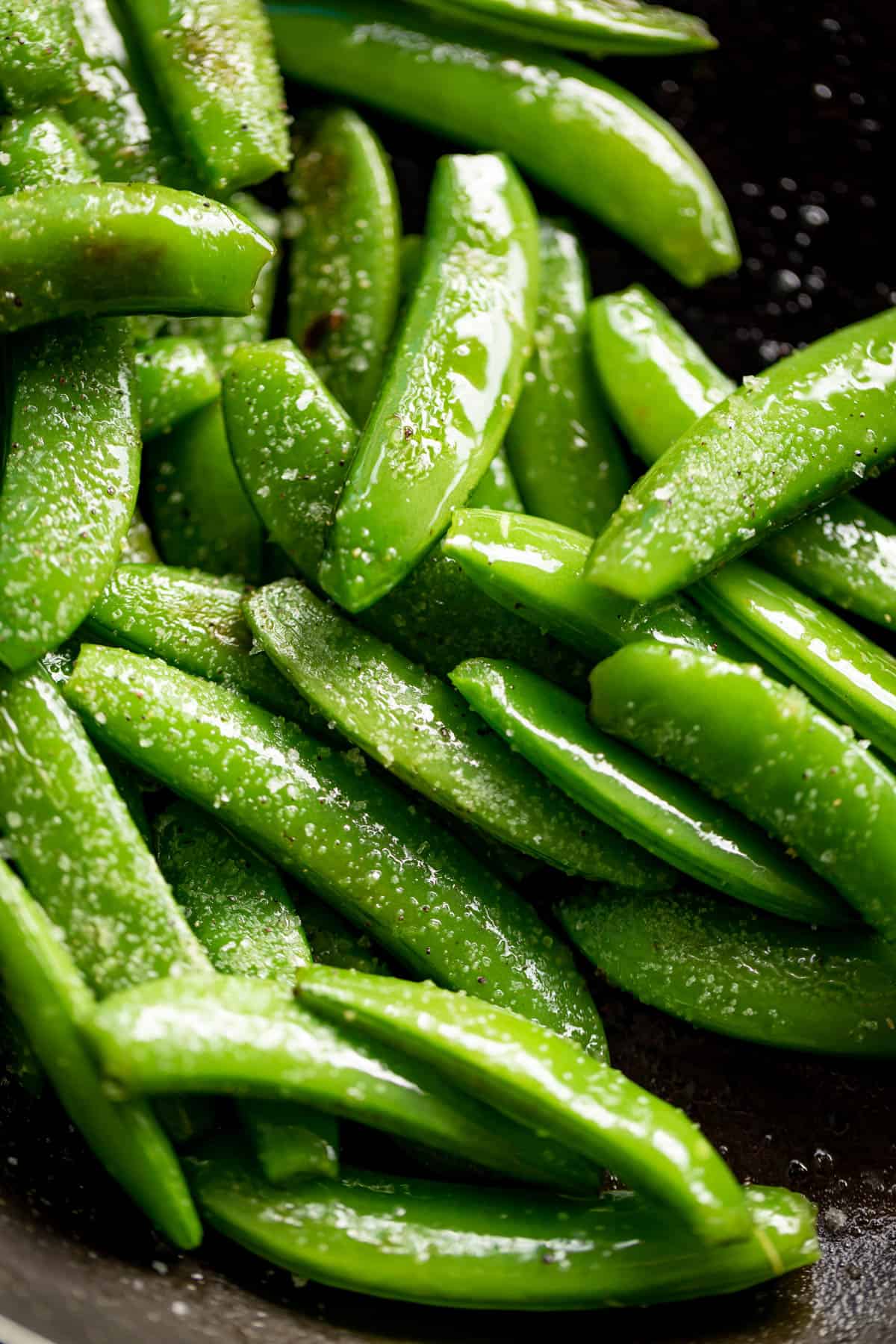

Harvest snow peas when pods are still flat and the seeds inside are small and undeveloped. Some varieties have a tough string along the pod suture that must be removed before eating the entire pod. Just plant the seeds and watch them grow. Harvest snap peas when pods first start to fatten but aren't completely full. Snap peas planting isn’t difficult and the peas pretty much take care of themselves. Don’t wait too long, though, because the peas can become tough and unusable. The best way to know when your snap peas are ripe enough is to pick a couple each day until you find them suitable to your liking. Knowing when to pick sugar snap peas means paying attention to the pods and pick once they are swollen. Minimal fertilization is necessary and soil prep in the beginning consists of simple raking and hoeing. Too much sunshine can burn the plants, and too much water can rot the roots.Ī little weeding is required, but growing snap peas don’t require a lot of fuss and muss. When growing snap peas, they are meant to be harvested and eaten with both pods and peas. It also prevents too much moisture from building up around the roots. macrocarpon) peas are a cool season, frost hardy vegetable. When growing sugar snap peas, mulch around the plants, which will prevent the soil from getting too hot in summer afternoon sun. Early on when growing sugar snap peas, cultivate and hoe shallowly so you don’t injure the plants. Sow your snap peas planting seeds 1 to 1 1/2 inches (2.5-4 cm.) deep and 1 inch (2.5 cm.) apart, with 18 to 24 inches (46-61 cm.) between pairs of plants or rows. After the early spring rains is definitely best. The soil should also be dry enough to till without the dirt clumping up and sticking to your garden tools. (7 C.) or higher, so wait until you are sure chance of frost is past. Growing sugar snap peas is best when the temperature is 45 degrees F. Snap peas are great in salads while raw or cooked in stir fries with other vegetables. Pisum sativum var macrocarpon ), fresh, raw, values per 100 g. Furthermore, they are a rich source of many minerals such as calcium, iron, copper, zinc, selenium, and manganese. macrocarpon) peas are a cool season, frost hardy vegetable. In addition to folates, snap peas are also good in many other essential B-complex vitamins such as pantothenic acid, niacin, thiamin, and pyridoxine. See the Almanac’s Pea Growing Guide for more information about sowing, growing, and harvesting.Sugar snap ( Pisum sativum var. Heat the avocado oil and sesame oil in a frying pan set over high heat. It bears a little later but has purple pods that will look great in a veggie platter or salad and it has lovely two-tone flowers as well.īetter get my shovel ready for the next load of poor man’s fertilizer that is headed my way. Sugar snap peas are a springtime delight. This year it will be all ‘Super Sugar Snap’ for me and maybe I will try ‘Sugar Magnolia’ for a touch of color. The super variety really was better! The peas were ready to harvest much earlier and delivered a higher yield than the regular ‘Sugar Snap.’ Plus, all the pods were the fat crunchy ones we have come to love. Since I am always skeptical of anything claiming to be an improvement, last year I planted half the bed with regular ‘Sugar Snap’ and half with ‘Super Sugar Snap’. Because of this lack of reliable seed stock, many companies have discontinued ‘Sugar Snap’ in favor of other “improved” varieties. The past few years, no matter where I source my seeds from, my plants yield as much as 30% snow peas mixed with the snap peas. If you are a fan of ‘Sugar Snap’ peas like me, you might have noticed that the seeds have not been growing true to type. Remove the “strings” at the end many snap peas varieties have the strings removed now.

(Snow peas are the flat ones.) With snap peas, the whole pod is eaten and has a crunchy texture and very sweet flavor. Sugar snap peas are a cross between garden peas and snow peas. Don’t worry about sticking each little seed with a needle, you only need to moisten the seeds and roll them in it before planting. Easy-peasy.

Most garden centers and seed catalogs sell it just be sure to get the one specifically meant for peas and beans. You can aid this process by inoculating the seeds with rhizobial bacteria before you plant them. Peas actually don’t need this extra nitrogen boost since as a legume they can take nitrogen directly from the air with the help of nitrogen-fixing bacteria on their roots. French peasants believed that a spring snow was as beneficial to the garden as a coating of manure and old-time farmers took it a step further, plowing a spring snowfall under to capture all its goodness. Since in the spring most of the ground has thawed it is able to absorb the meltwater rather than having it run off. Falling snow absorbs ammonia from the air which breaks down when the sun melts the snow, releasing a small amount of nitric acid into the soil. There actually is some truth to this bit of gardening lore.


 0 kommentar(er)
0 kommentar(er)
